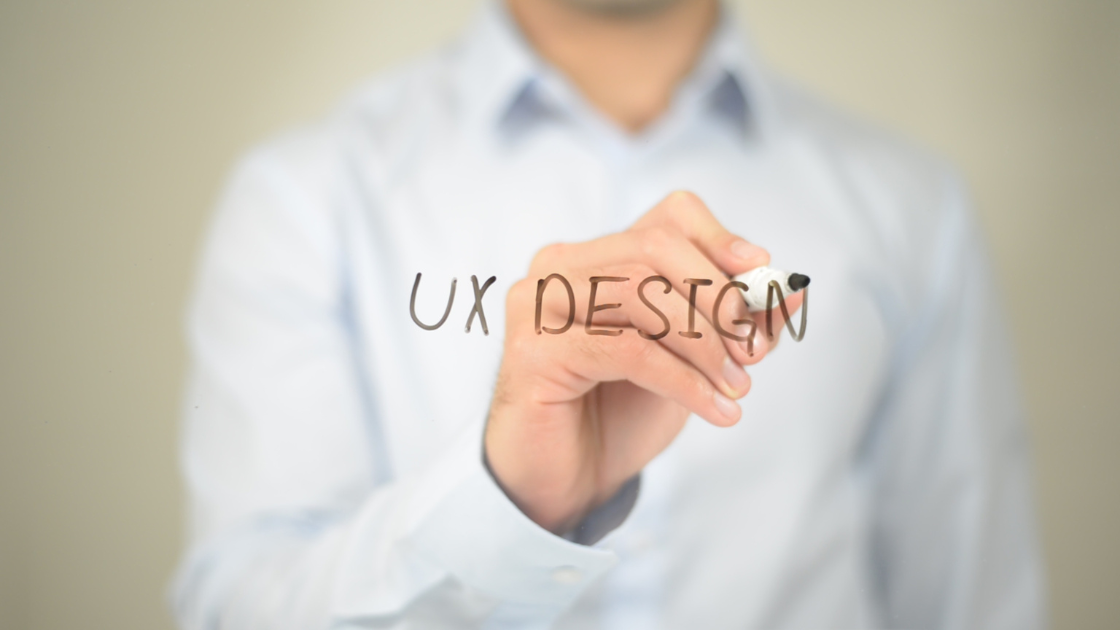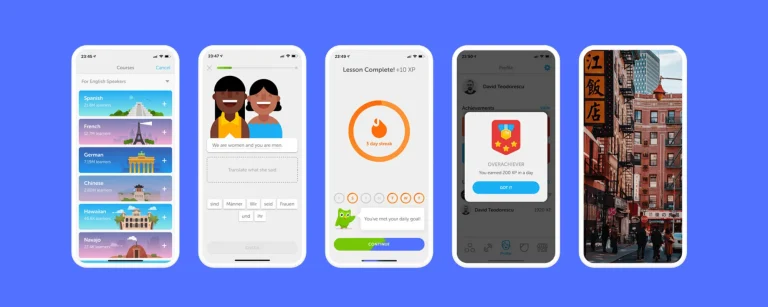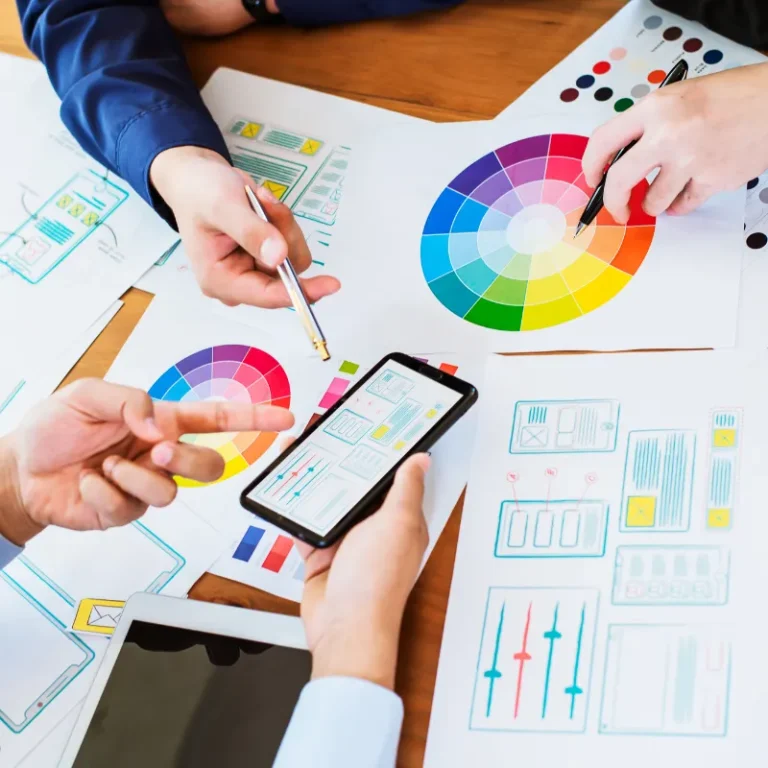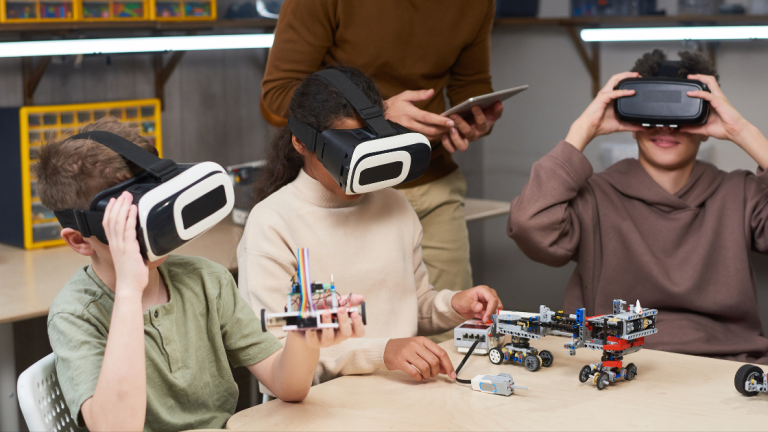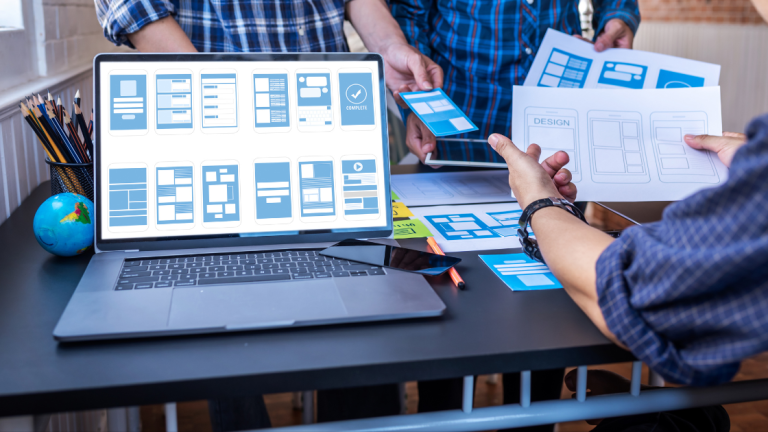Making a memorable user experience is more important than ever in this digital age, where so many products and services are racing for the attention of users. While functionality and usability are no doubt very important aspects of UI/UX design, they alone will not build strong emotional connections with users. UX emotional design deals with the design of interfaces in such a way as to engage the user’s positive emotions.
A good relationship with a product will increase its differentiation and memorability. Where products elicit an emotional response from users, designers can then create experiences that connect at deeper levels, leading to loyalty, satisfaction, and long-term engagement.
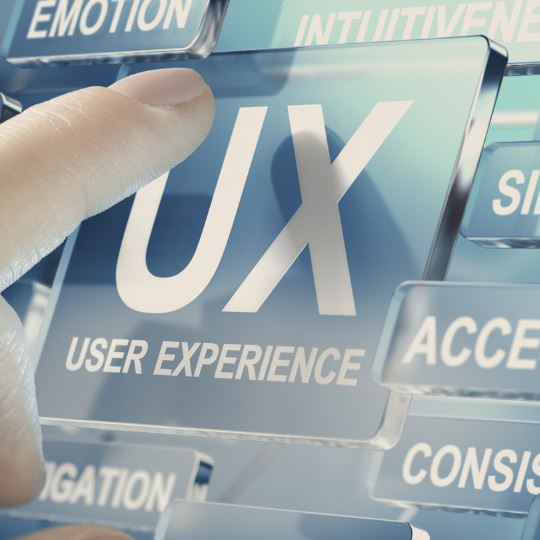
How One Understands Emotional Design?
1. Three Levels Of Emotional Design
According to Don Norman—one of the most famous designers and considered to be the founding father of design—there exist three levels for emotional design: visceral, behavioral, and reflective. This forms the different ways through which users experience and interact with a product.
- Visceral Design: This level caters to users’ very first—instinctive—response to an appearance. This shall set out an aesthetic, color, typography, and layout that will evoke feelings of excitement, curiosity, or pleasure.
- Behavioral Design: This level has to do with the usability and functionality of the product. It is concerned with how easy and pleasing a product could be to use. If a product were intuitive and able to perform well, then it would evoke positive feelings pertaining to ease and efficiency.
- Reflective Design: This is a level the user reflects on after having an interaction with a product. It holds the meaning in personal and cultural dimensions that the users associated with the product, and this can give rise to emotions such as pride, nostalgia, or even fulfillment.
2. The Impact Of Emotions On User Behaviour
Emotions significantly form user behavior and decision-making. Positive affect engages people, motivates them to learn more, and increases the likelihood of revisiting a product. The negative ones, such as frustration or confusion, result in abandonment and dissatisfaction. Emotional design concerns eliciting these emotional responses through creating a user experience that can do more than work—also delight and reward. By knowing their target audience’s emotional triggers, designers can tailor-make experiences that foster positive emotional responses to the product and increase the bonding between a user and a product.
Methods Of Applying Emotional Design
1. Human-Centered Design
Emotional design is harnessed by fundamentally understanding the needs, desires, and triggers of a user’s emotions. Human-centered design puts the user at the forefront of the design process. It is a process that entails studying users to understand their personal creative, and emotional experiences while using a product. The study of users helps designers make out what drives and fulfills them, thus giving them an opportunity to think of user interfaces that respond to these emotional needs.
2. Design Storytelling
Storytelling is among the most popular strategies to evoke an emotional design since it really makes a user associate himself with a product. It is through narratives that values are delivered into a product, its branding, and corresponding emotions get embedded. A good story turns everyday mundane tasks into engaging experiences, giving the user a better feeling of being a part of it, hence more involvement and investment in the outcome.
3. Visual And Interaction Design
The strongest elements within the emotional design area would have to be the visual ones: color, type, and imagery. Colors can even be trigger-specific; the blue tries to calm one down, while the red usually gives a sense of urgency. Again, the typeface has a bearing on how the user may view a brand: bold fonts that speak of strength and elegance, playful fonts speaking of fun and creativeness. This is then followed by interaction design, which brings animations and micro-interactions along with it.
4. Surprising Delight
Among the central components of emotional design is the ability to surprise and delight users. A designer can build positive emotional experiences that are going to be remembered long after the interaction if unexpected moments of delight are infused into a product. These can be small moments—think an engaging animation when some process has been completed—or bigger, such as reward systems that let people earn badges or discounts just for being loyal.
5. Designing For Empathy
Empathy has a key role in emotional design; it means understanding and sharing users’ feelings. This can be realized by walking in their shoes, observing, and noticing what emotional states happen. This will help the designer to create interfaces that are capable of adapting to the context of the user at any given moment—either stressful or relaxed.
Conclusion
Emotions are the key to user interfaces that not only answer the functional needs of users but also trigger some kind of positive emotional response. Crucial for this are human-centered design, storytelling, and visual design, complemented by techniques of empathy.
The emotional design has a number of advantages that include raising user engagement and brand loyalty to differentiation in the competitive market and better satisfaction of users. It will be an UX emotional design that differentiates and makes products memorable in a world where so much is at their fingertips digitally.

